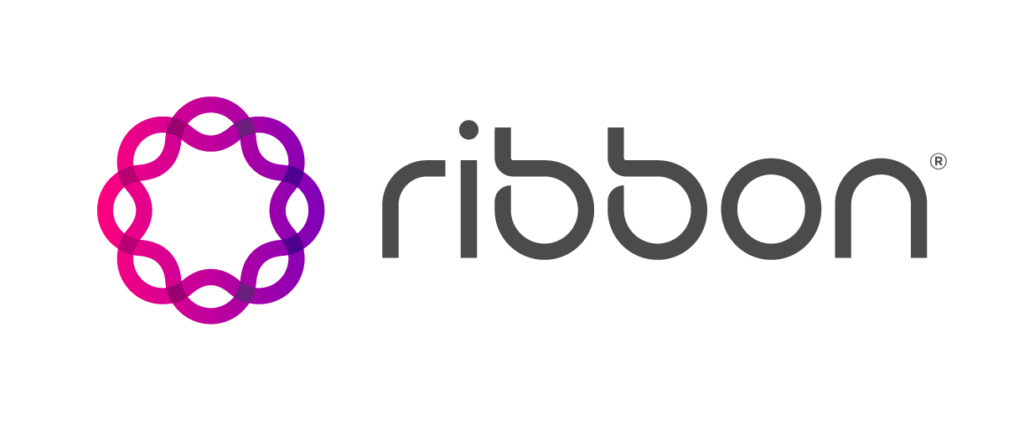Why Robocall and Fraud Mitigation Needs to Be Webscale

Special Webinar Session
Wednesday, July 21, 2021 11:30am-1:00pm ET
Why Robocall and Fraud Mitigation Needs to Be Webscale
Sponsored by
Most of today’s robocall and fraud mitigation solutions are cloud-hosted, using analytics to automate the identification and prevention of illegitimate robocalls and fraud attacks. This makes sense, but cloud-hosted analytics is not enough. Robocall and fraud mitigation solutions need to be able to rapidly adapt and integrate new technology. But how can massive software deployments underpinning the largest communication networks in the world adapt on timescales measured in days without sacrificing the reliability of the network? By separating out risk domains while applying the development and deployment techniques from webscale companies. Being designed this way means voice service providers have an answer for how to deal with the rapidly changing landscape of robocalls and fraud attacks.
Unlike a typical network operator’s call processing infrastructure, which can be characterized by technology adoption rates expressed in years, webscale implementations of new technologies and machine learning algorithms can be deployed or modified on timescales measured in days.
Join this webinar to learn the specific aspects of webscale design that delivers innovation, rapid responsiveness, automated lifecycle management, and a high degree of flexibility to handle continuously changing requirements. And learn how to deploy such a solution that interworks seamlessly with the existing call processing infrastructure.
Please join us in this session to discuss how:
- Webscale design enables adaptability, innovation, rapid responsiveness to changing requirements
- Open APIs enable flexibility for ingesting new data sources, including from analytics systems that can identify bad actors by examining network traffic patterns and call detail records
- Voice service providers can customize what is considered “bad” or “suspect” calls and choose how to best handle each call in real-time
- Robocall and fraud mitigation solutions can seamlessly interwork with the traditional call processing infrastructure to leverage network enforcement points
Featured Speaker

Michael Stovenour is Ribbon’s Chief Field Architect for Core systems, responsible for defining the long-term vision of Ribbon’s cloud-based solutions for Session Border Controllers and SIP Session Routing products on a worldwide basis and for leading our customers through the transition to cloud automation of those products.
In addition he has spent the past two years working closely with our North American customers on the implementation and rollout of STIR/SHAKEN and other robocalling mitigation capabilities.
With Ribbon for 20 years, where he has held positions as SE Director North American Tier 1 Carriers, Network Design, and Director Verification Office Testing, Michael has helped our customers pioneer IP telephony in their core networks, roll out 4G LTE/VoLTE networks, architect IP interconnect network for IP transit services, migrate IMS services onto NFV infrastructure.




